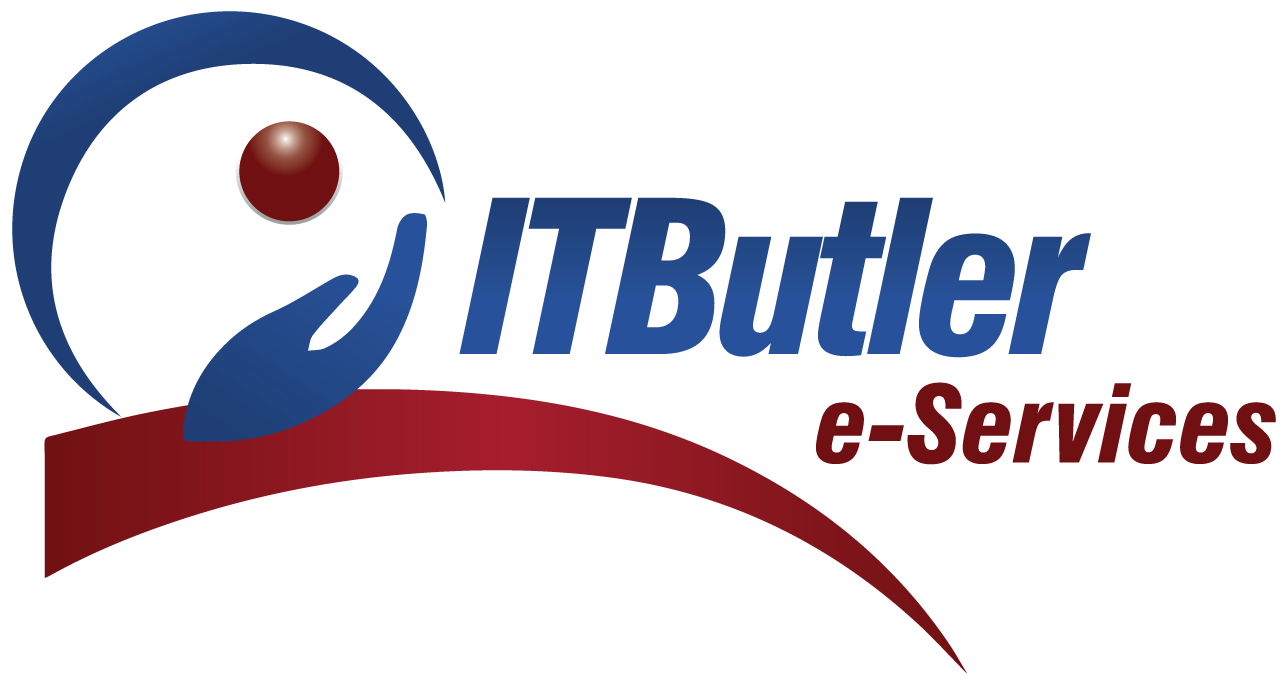In an increasingly interconnected digital world, the constant evolution of cybersecurity threats is a sobering reminder of the importance of securing operational systems. Among the myriad vulnerabilities that can potentially expose systems to malicious actors, improper neutralization of input during web page generation, commonly known as ‘Cross-site Scripting’ (XSS), ranks high on the list. In this blog, we will explore the critical significance of addressing XSS vulnerabilities in operational systems, delving into real-world examples and emphasizing the urgent need for robust cybersecurity measures.

Understanding Cross-Site Scripting (XSS) Vulnerabilities
Cross-site scripting is a type of security vulnerability typically found in web applications. It occurs when an application includes untrusted data in a web page sent to the browser without proper validation or escaping. This oversight allows attackers to inject malicious scripts into web pages viewed by other users. The consequences can range from a minor nuisance to a severe security breach, depending on the attacker’s intentions.
Vulnerability in FortiOS and FortiProxy GUI
Recently, a noteworthy example of an XSS vulnerability emerged in FortiOS and FortiProxy GUI. This vulnerability, classified under Common Weakness Enumeration (CWE) as CWE-79, highlighted the potential risk associated with inadequate input validation during web page generation.
The vulnerability’s impact is clear: an authenticated attacker could exploit it to trigger the execution of malicious JavaScript code by crafting a specific setting within guest management. The consequences of such an attack can be dire, ranging from unauthorized access to data theft or even full-scale system compromise.

Stored XSS in the Guest Management Page
Another instance of XSS vulnerability worth noting is the ‘Stored XSS’ scenario. This type of vulnerability arises when malicious code is stored on a server and then presented to users who access the affected resource. In the context of guest management systems, a stored XSS vulnerability could lead to attackers gaining unauthorized access to sensitive information or carrying out actions on behalf of legitimate users without their consent.
Vulnerabilities in 3rd Party AV Uninstaller Modules
Beyond XSS, vulnerabilities can manifest in various forms. One example is the presence of vulnerabilities in 3rd party AV uninstaller modules. In this scenario, Trend Micro’s Apex One, Worry-Free Business Security, and Worry-Free Business Security Services were found to contain a critical vulnerability.

This vulnerability allowed an attacker, with administrative console access, to manipulate the AV uninstaller module to execute arbitrary commands on the affected installation. The potential consequences are severe, as an attacker could gain control over the system and carry out a wide range of malicious activities.
Mitigating Factors
It’s important to note that exploiting vulnerabilities of this nature generally requires an attacker to have access, either physical or remote, to a vulnerable machine. In addition to timely application of patches and updated solutions, there are several key mitigating factors to consider:
Remote Access Review: It is critical for organizations to regularly review remote access to critical systems. Ensuring that policies and perimeter security measures are up-to-date is essential in minimizing potential threats.
Access Restriction: Organizations can consider restricting access to product management consoles. Limiting who has access to these critical components can help reduce the attack surface.
The Urgency of Software Updates
While the exploitation of these vulnerabilities may necessitate specific conditions to be met, the urgency of keeping operational systems up-to-date cannot be overstated. As evident in the cases mentioned, even vulnerabilities with certain prerequisites can pose significant risks if left unaddressed.
Trend Micro strongly encourages its customers, and by extension, all organizations, to proactively update to the latest software builds as soon as possible. In the fast-paced world of cybersecurity, being even a single step behind can have dire consequences.

Key Take-Aways
In a digital landscape where the battle between cybersecurity and cyber threats rages on, IT Butler make businesses stay one step ahead is imperative. Addressing vulnerabilities like XSS and 3rd party module vulnerabilities is not just a matter of best practice; it’s a matter of survival in the digital age.
The real-world examples mentioned here underscore the critical importance of proactive cybersecurity measures. As cyber threats continue to evolve, organizations must remain vigilant, prioritize software updates, and invest in robust cybersecurity solutions. Your operational systems are the lifeblood of your business; protecting them is not an option but an absolute necessity.






